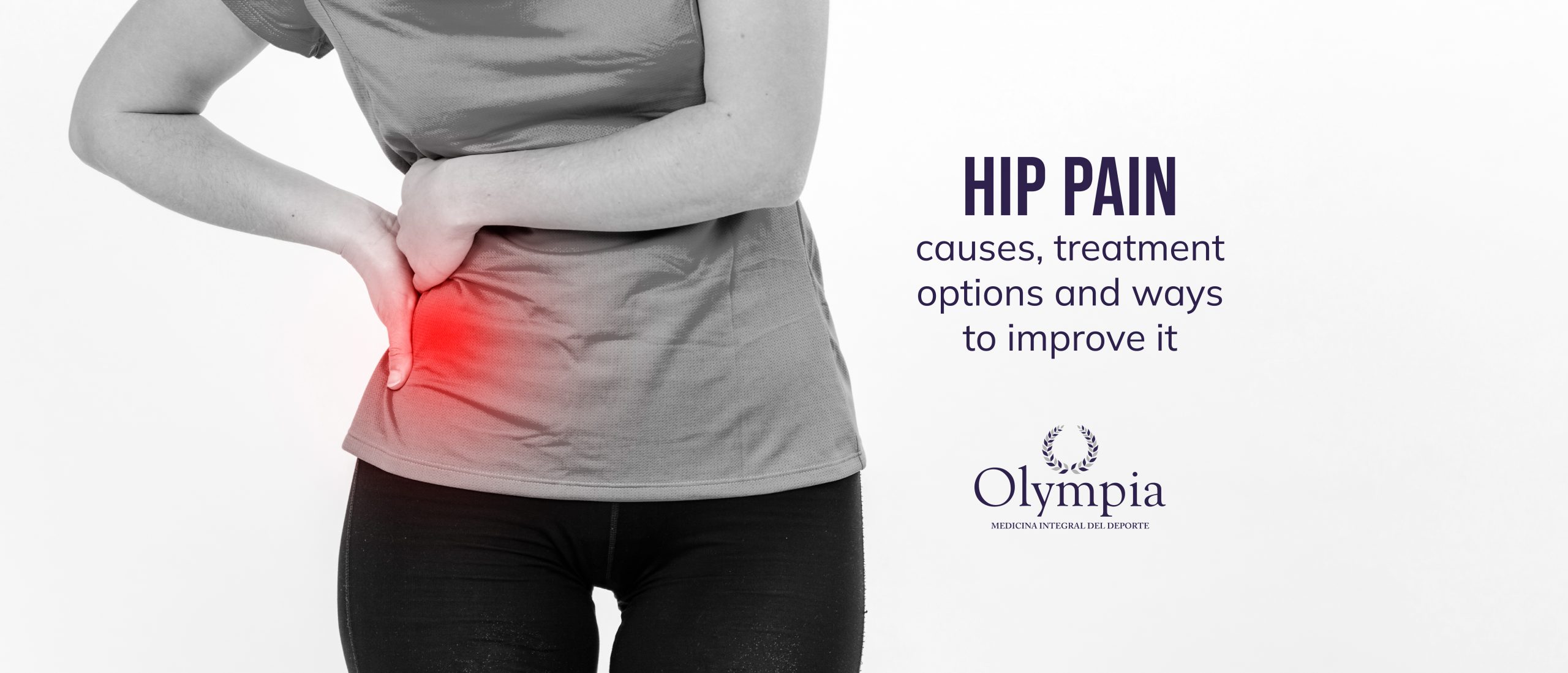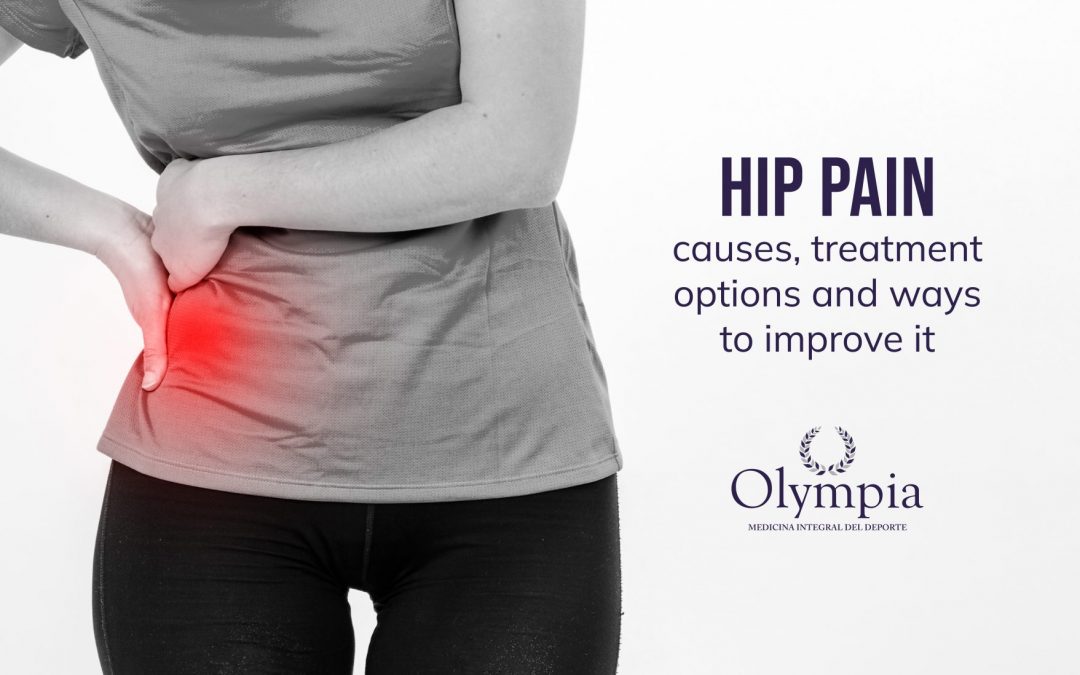
Hip pain isn’t just an inconvenience, it’s a barrier that makes the simplest of activities feel burdensome. Whether you’re a dedicated athlete or a person who tries to stay active, understanding the causes of hip pain is crucial for a fulfilling quality of life. Let’s navigate the journey to a pain-free existence, unveiling treatment options and ways for long lasting relief.
What causes the pain?
There are many factors that can cause this affliction, the key is to figure out which one, as even sitting down can trigger hip pain. Our hips support our every move and even though they’re strong, they can start rebelling with ache.
Some of the most common conditions are:
- Osteoarthritis, especially in older adults. The cartilage in the joints wears down over time, leading to stiffness, pain, and reduced mobility.
- Bursitis, known as the inflammation of the bursae (small, fluid-filled sacs) around the hip joint that causes pain and discomfort.
- Tendinitis is cause by overuse or repetitive stress that generates inflammation of the ligament with pain and stiffness.
- Hip Fractures or injuries usually usually due to falls or accidents, can cause severe pain and require immediate medical attention. This includes strain injuries or hip dislocations.
- Structural conditions like development dysplasia of the hip (DDH) or others that may affect the shape and strength of the hips.
Choosing the right treatment
Now that we’ve identified the different cause elements, we can dive into the remedies. The treatment options vary depending on the affliction, severity, and type of patient (gender, age, etc.). But fear not, the good news is that there’s a solution for everyone.
There are non-invasive treatment options that are as simple as rest and ice, sometimes this can provide the relief your hips need. Other option is the guide of an expert in physical therapy, where a physical therapist can design a personalized routine to improve flexibility, strength, and stability. Lastly, we can pair up these with pain relievers to boost the aid your hips are craving. Always check with your healthcare provider first for medication approval.
Invasive treatment alternatives
When it comes to severe conditions or persistent chronic pain, other interventions might be suggested to get those hips back in sync. aside from surgery (when needed), regenerative therapies thrive in treating pain.
Prolotherapy – an injection treatment of a small amount of an irritant solution to jumpstart our bodies’ natural healing process by triggering an inflammation chain reaction to promote blood flow and healing cells. It is commonly used to help people with musculoskeletal conditions. In reality is minimally invasive and it’s considered an out-patient therapy.
Platelet-rich plasma – PRP therapy contains sufficient platelets with a high concentration of proteins and growth factors that promote tissue healing. This is made by taking a sample of the patient’s own blood, and just like prolotherapy is minimally invasive for the person.
Before recurring to surgery or other more invasive treatments, seek the distinct therapy options available to you.
Tips for prevention
- Regular exercise or physical activity is the first step in taking care of your hips. Aim for a mix of strength, and flexibility exercises to keep those joints happy and active.
- Always mind your posture, whether sitting at your desk, walking down a park or standing in line, maintain good posture to take the load off your hips.
- Before and after rigorous activities treat your hips with care by doing dynamic stretches.
- Make sure you have proper footwear as this will guarantee the correct feet, knees, and hips alignment. Wearing the wrong shoes can make hips over work by compensating the imbalance.
In summary, hips are the stepping stone to keep our body moving and in balance. If hip pain strikes you, it’s important to seek posible causes and treatment options. Don’t forget to go to a medical professional for a therapy plan and personal tips for a hip-healthy lifestyle.

